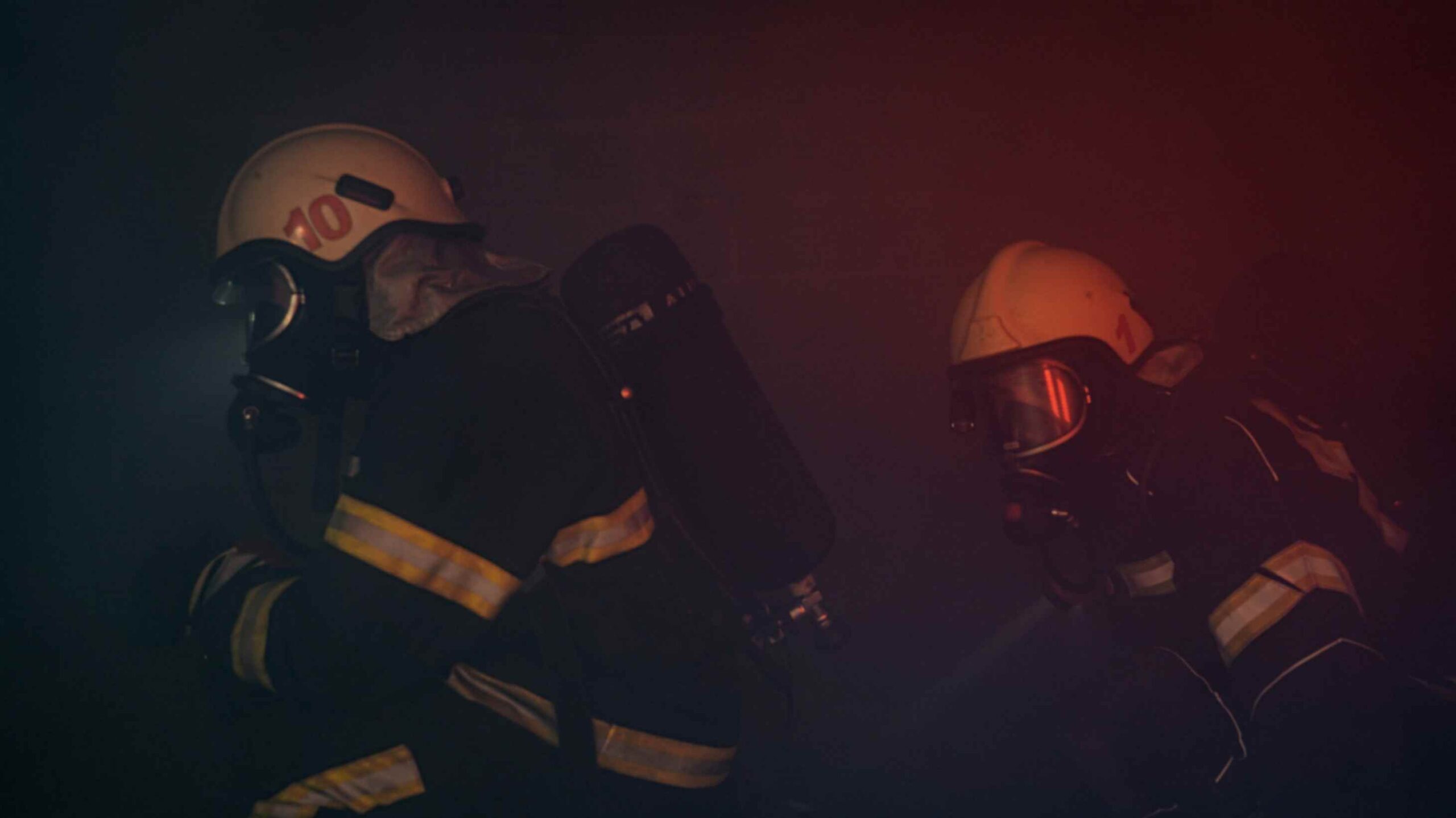Fire safety is of paramount importance in healthcare facilities and hospitals. The potential risks and consequences of a fire in such environments are particularly severe, given the presence of vulnerable patients and the need for uninterrupted medical services. To mitigate these risks and ensure the safety of both patients and staff, fire safety training is essential. In this article, we will discuss the importance of fire safety training in healthcare facilities and hospitals, focusing on key elements such as Fire Warden Training, First Aid Training, and Fire Fighting Training.
The Importance of Fire Safety Training
The Unique Challenges of Healthcare Facilities
Healthcare facilities, including hospitals and clinics, pose unique challenges when it comes to fire safety. These challenges include:
- Vulnerable Patient Population: Hospitals house patients with varying degrees of mobility and health. Some patients may be bedridden, sedated, or unable to evacuate independently, making their safety a top priority.
- Complex Infrastructure: Hospitals are often large, multi-story buildings with complex infrastructures. Navigating these facilities during an emergency can be daunting without proper training.
- Critical Medical Equipment: Hospitals have expensive and sensitive medical equipment that must be protected from fire damage.
The Role of Fire Safety Training
Fire safety training plays a crucial role in addressing these challenges. It equips healthcare facility staff with the knowledge and skills needed to respond effectively to a fire emergency, ensuring the safety of patients and the preservation of critical medical resources.
Key Elements of Fire Safety Training
Fire Warden Training
Fire warden training is an integral part of fire safety in healthcare facilities. Fire wardens are responsible for implementing fire safety protocols and leading evacuations during an emergency. Their training includes:
- Fire Prevention: Understanding fire hazards and taking proactive measures to prevent fires.
- Emergency Response: Learning how to respond to alarms, communicate with the emergency services, and coordinate evacuations.
- Evacuation Procedures: Knowing the hospital’s evacuation routes, assembly points, and methods for assisting patients during evacuations.
- Equipment Use: Familiarity with firefighting equipment such as fire extinguishers, fire hoses, and emergency escape devices.
First Aid Training
First aid training is vital in healthcare facilities, not only for fire-related emergencies but also for a range of medical situations. Key aspects of first aid training for fire safety include:
- Burn Management: Treating burn injuries effectively, which are common in fire-related emergencies.
- CPR and AED Training: Knowing how to perform cardiopulmonary resuscitation (CPR) and use automated external defibrillators (AEDs) in case of smoke inhalation or other related issues.
- Smoke Inhalation and Carbon Monoxide Poisoning: Recognizing and providing initial treatment for patients affected by smoke and carbon monoxide exposure.
Fire Safety Training
Comprehensive fire safety training includes both theoretical and practical elements. The training covers:
- Fire Safety Regulations: Understanding local fire safety regulations and compliance requirements specific to healthcare facilities.
- Fire Behavior: Learning about how fires start, spread, and behave in different environments.
- Evacuation Drills: Practicing evacuations to ensure that all staff members are familiar with the procedures and can assist patients when needed.
- Fire Equipment Use: Training on the proper use of fire extinguishers, fire blankets, and other firefighting equipment.
Fire Fighting Training
Fire fighting training is typically provided to a select group of healthcare facility staff who are designated as emergency responders. This training involves:
- Advanced Equipment Use: Training on more specialized firefighting equipment, such as fire hoses and breathing apparatus.
- Fire Suppression Techniques: Learning how to control and suppress fires until professional firefighters arrive.
- Search and Rescue: Techniques for searching and rescuing patients and staff in hazardous environments.
- Communication Skills: Effective communication during fire emergencies, which is crucial for coordinating efforts and ensuring everyone’s safety.
Benefits of Fire Safety Training
Enhanced Patient Safety
Properly trained healthcare staff can respond swiftly and efficiently during a fire emergency, minimizing the risk to patients. This includes safely evacuating those who are unable to move on their own and providing immediate medical care when needed.
Protection of Critical Resources
Fire safety training ensures that staff can protect critical medical equipment and resources during an emergency. This not only safeguards the hospital’s assets but also helps maintain the quality of care provided to patients.
Regulatory Compliance
Healthcare facilities must adhere to strict fire safety regulations. Fire safety training helps ensure compliance with these regulations, reducing the risk of legal and financial consequences.
Conclusion
Fire safety training is a fundamental aspect of maintaining safety in healthcare facilities and hospitals. The unique challenges of these environments make it essential to prepare staff through fire warden training, first aid training, comprehensive fire safety training, and firefighting training. By investing in these programs, healthcare facilities can protect the lives of patients, staff, and the integrity of their operations. Moreover, compliance with fire safety regulations ensures that healthcare facilities operate with the highest standards of safety and care.


